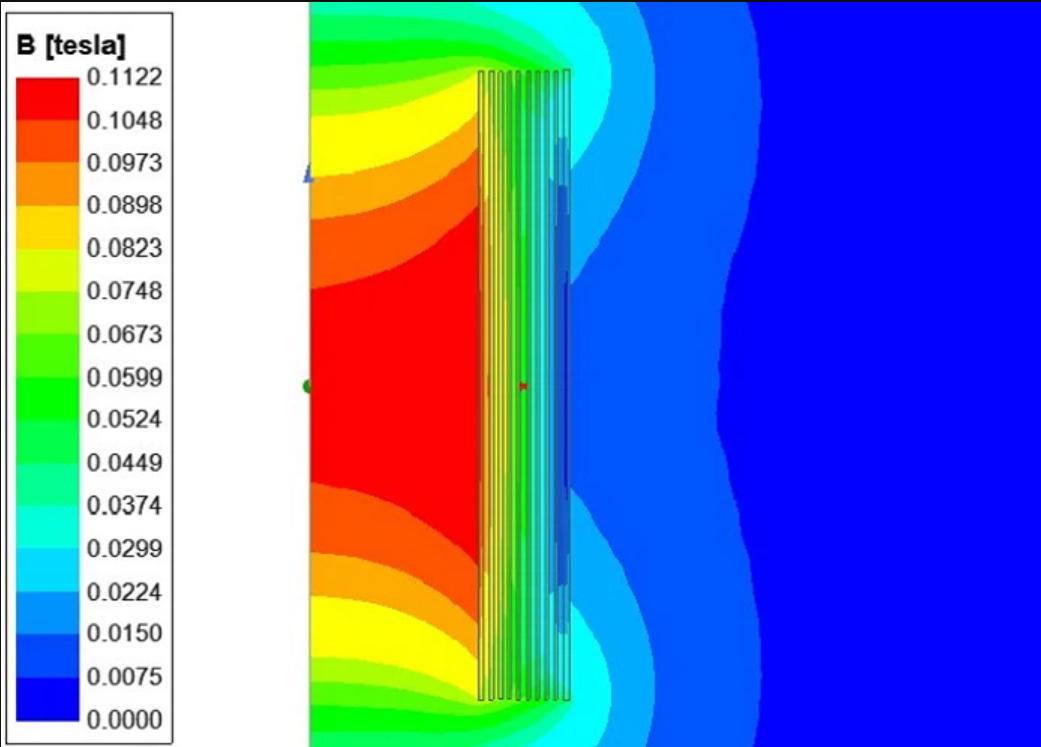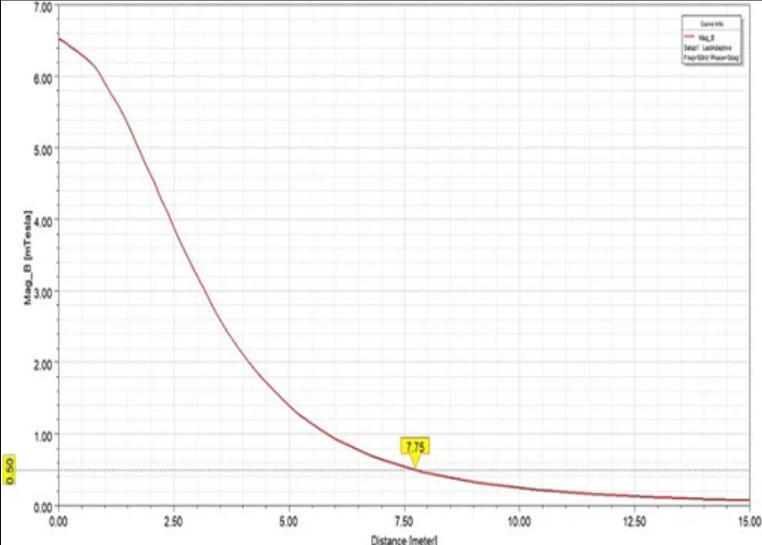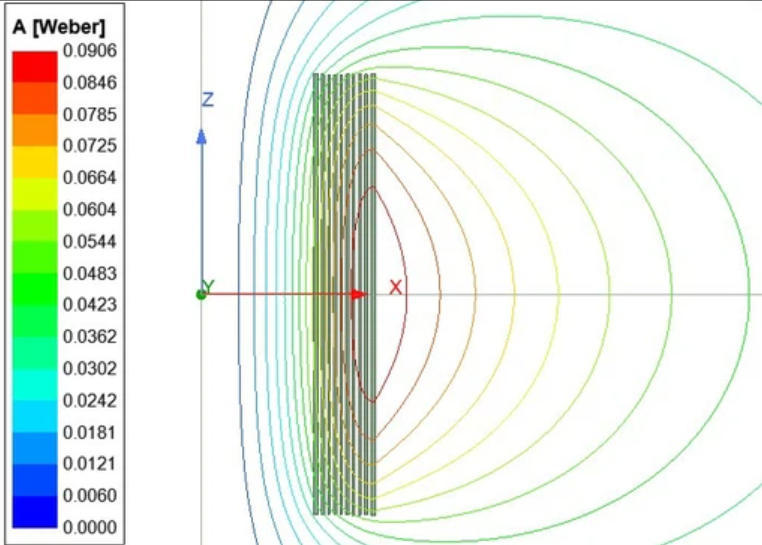Magnetic flux density distribution
Product Details
500kV shunt reactor
A novel parallel reactor is connected to the power system in a parallel configuration to compensate for capacitive reactive power in the transmission and distribution system.
Key words:
500kV shunt reactor
Category:

E-mail:
Details
DKNC New 500kV Shunt Reactor Introduction
Shunt reactors are connected in a parallel configuration to the power system to compensate for capacitive reactive power of transmission and distribution systems. This ensures that operating voltages are maintained within acceptable operating levels.
Shunt reactors are constructed as either “Oil-Immersed ” or “Dry-Type”.
Dry-Type reactors consist only of encapsulated windings, supported by the appropriate insulators.
DKNC Dry-Type Reactor VS. Oil-Type Reactor (Example: 500kV/20M)
ITEM | Oil-Type | DNKC Dry-Type |
Footprint(LXWXH) |
3m X 8 . 1m |
3m X 8m |
Weight (T) |
80T |
16T |
Loss (% , loss/capacitor) |
≤0 .3% |
≤0 .3% |
Self voltage-sharing capacity |
None |
Yes |
Iron Core |
Yes |
None |
Oil Need |
Yes |
None |
Fire Protection |
Yes |
None |
Field Installation |
Hard |
Easy |
Delivery |
Hard |
Easy |
Sales Achievement & Application Field
DKNC reactors have been installed on over 31 HV lines throughout China. We also exported the new 500kV shunt reactors to Brazil, 220kV series reactors to Pakistan and a complete range of applications worldwide. In total,we have supplied over 15,000 reactors for SVC, HVDC, HVAC, FACTS, VSC, capacitor banks, etc. globally.

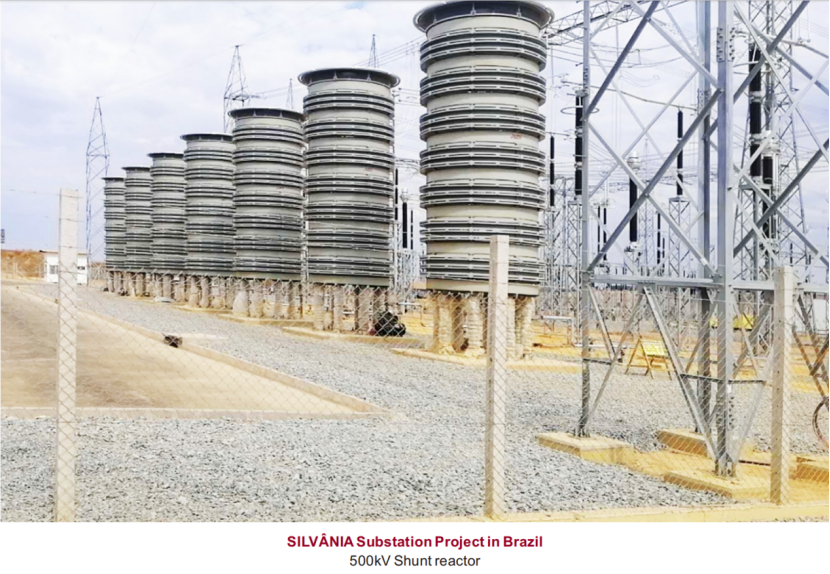
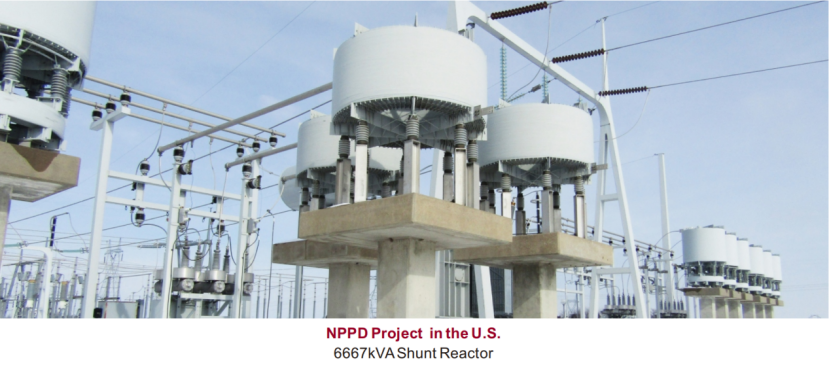
DKNC 500KV Shunt Reactor R&D capability
1.Thermal Simulation Analysis
As critical equipment in UHV DC transmission systems, dry-type smoothing reactors are indispensable for suppressing converter-side fault overcurrent/overvoltage and harmonics. With increasing encapsulated winding layers, harmonic current-induced loss calculation deviations grow significantly, substantially elevating monitoring difficulty for internal hotspot temperature rise.
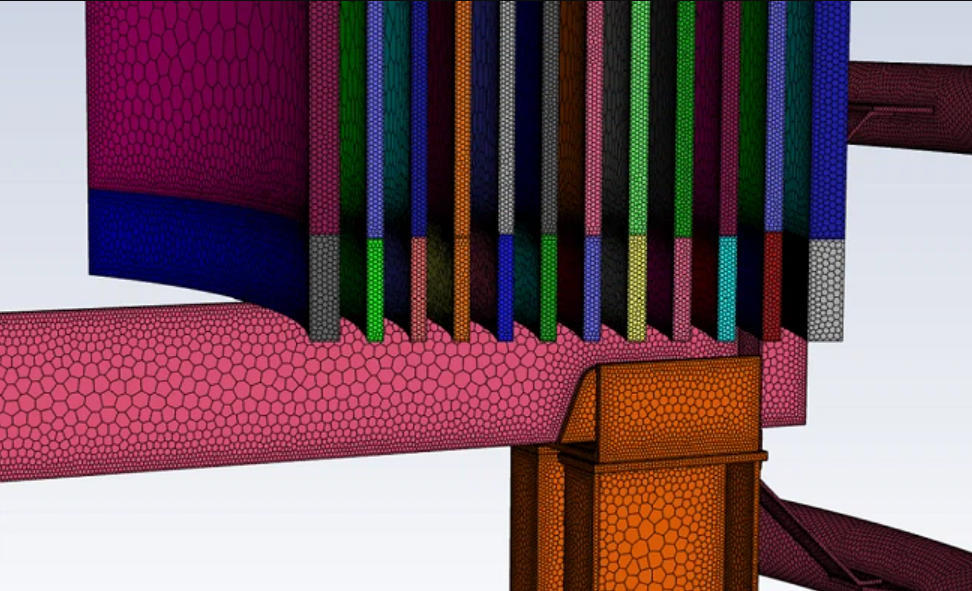
Employing CFD-based fluid-thermal coupling simulation and reconstructing electromagnetic loss density fields, this methodology resolves thermal-flow distribution characteristics under coupled high-temperature radiation and natural convection heat transfer. It establishes a theoretical model for online temperature control and fault early-warning systems.
2.Magnetic Simulation Analysis
Dry-type air-core reactors, valued for high linearity, low loss, and parameter stability, serve as key components in UHV systems. Their intensified magnetic fields from upscaled dimensions induce in adjacent equipment:
Induced eddy/circulating currents in metal components
Abnormal accumulation of stray losses
Protection maloperation from excessive temperature rise
Urgent implementation of 3D magnetic field distribution modeling enables proposing gradient-optimized magnetic shielding solutions to suppress electromagnetic interference.
3.Electric Field Simulation Analysis
Potential gradient distortion in UHV air-core reactors triggers corona discharge. Optimizing equalizing ring topology restructures electric field distribution to meet insulation design requirements. Compared to complex analytical calculations, numerical simulation clearly characterizes:
Spatial electric field intensity under multiphysics coupling
Surface field strength distribution along insulation structures
Finite element-based field reconstruction provides critical design margin parameters for full lifecycle maintenance.
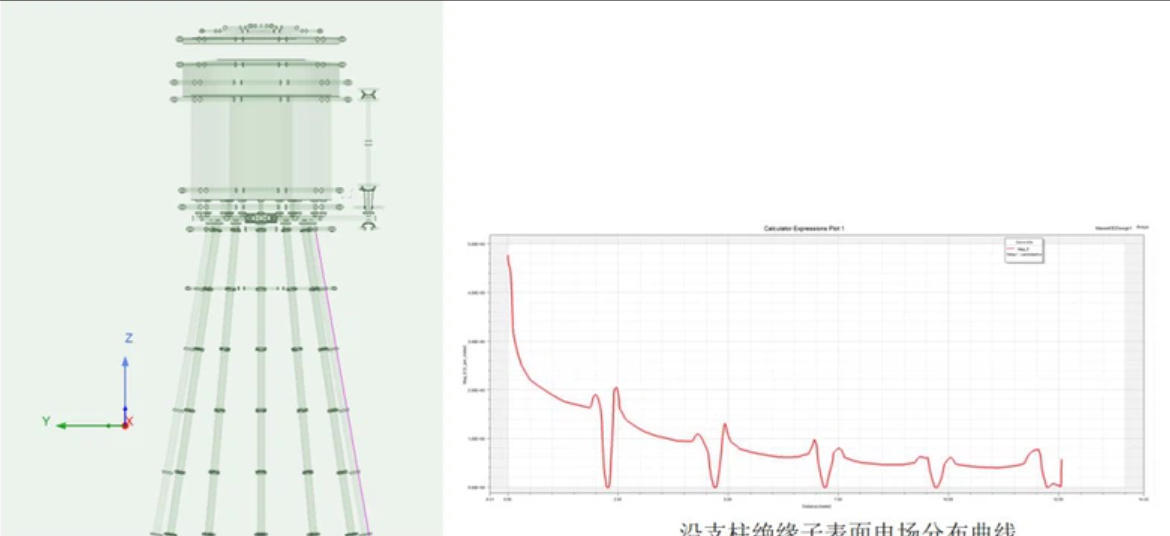
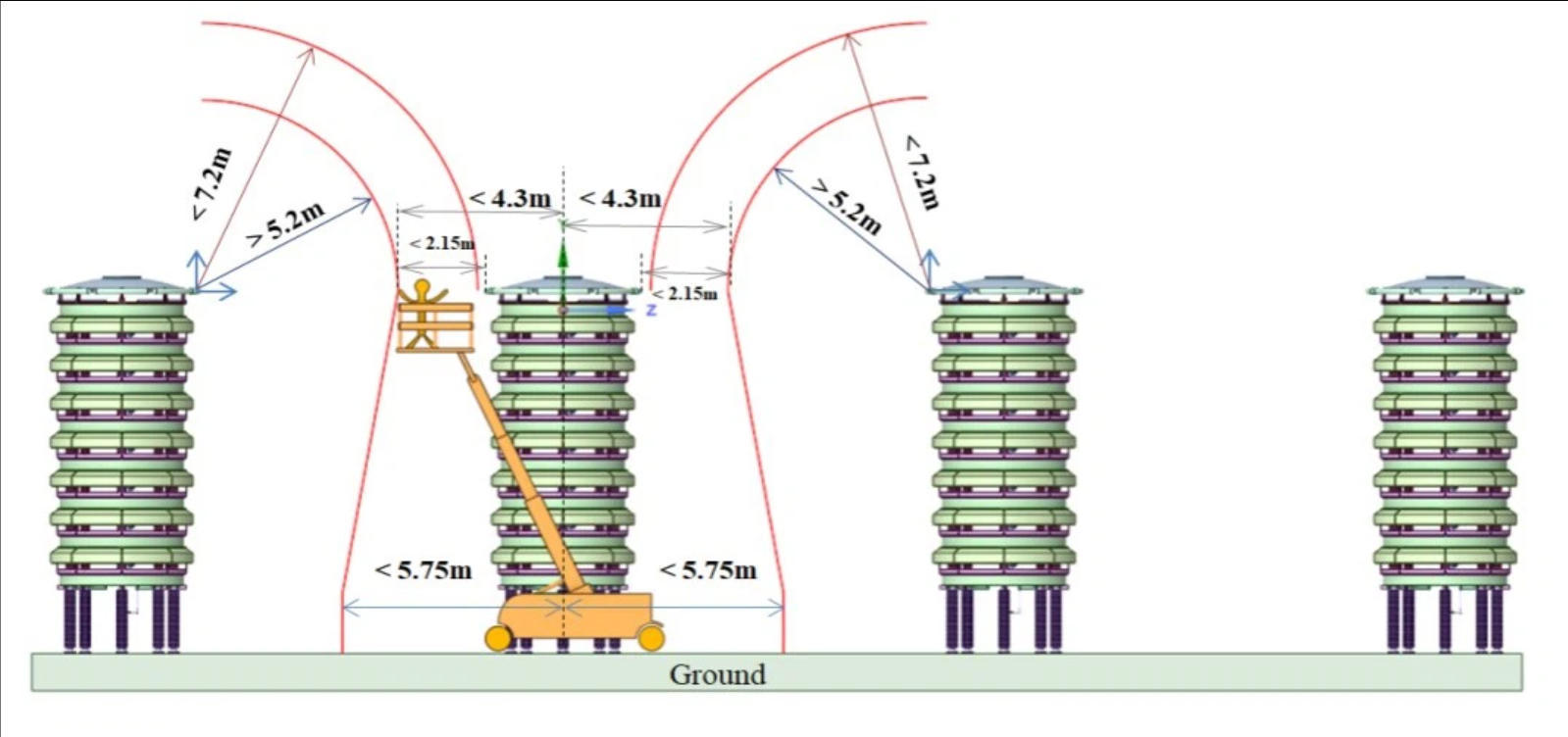
4.Structural Simulation - Static Strength
Addressing hoisting challenges for UHV smoothing reactors (height ≥15m / weight ≥50t) through FEA topology optimization:
Quantifies structural stress concentration factors during transport
Computes local stiffness attenuation gradients at lifting lugs
Outputs safety thresholds for stay-wire tension
Achieves digital twin verification of hoisting schemes.
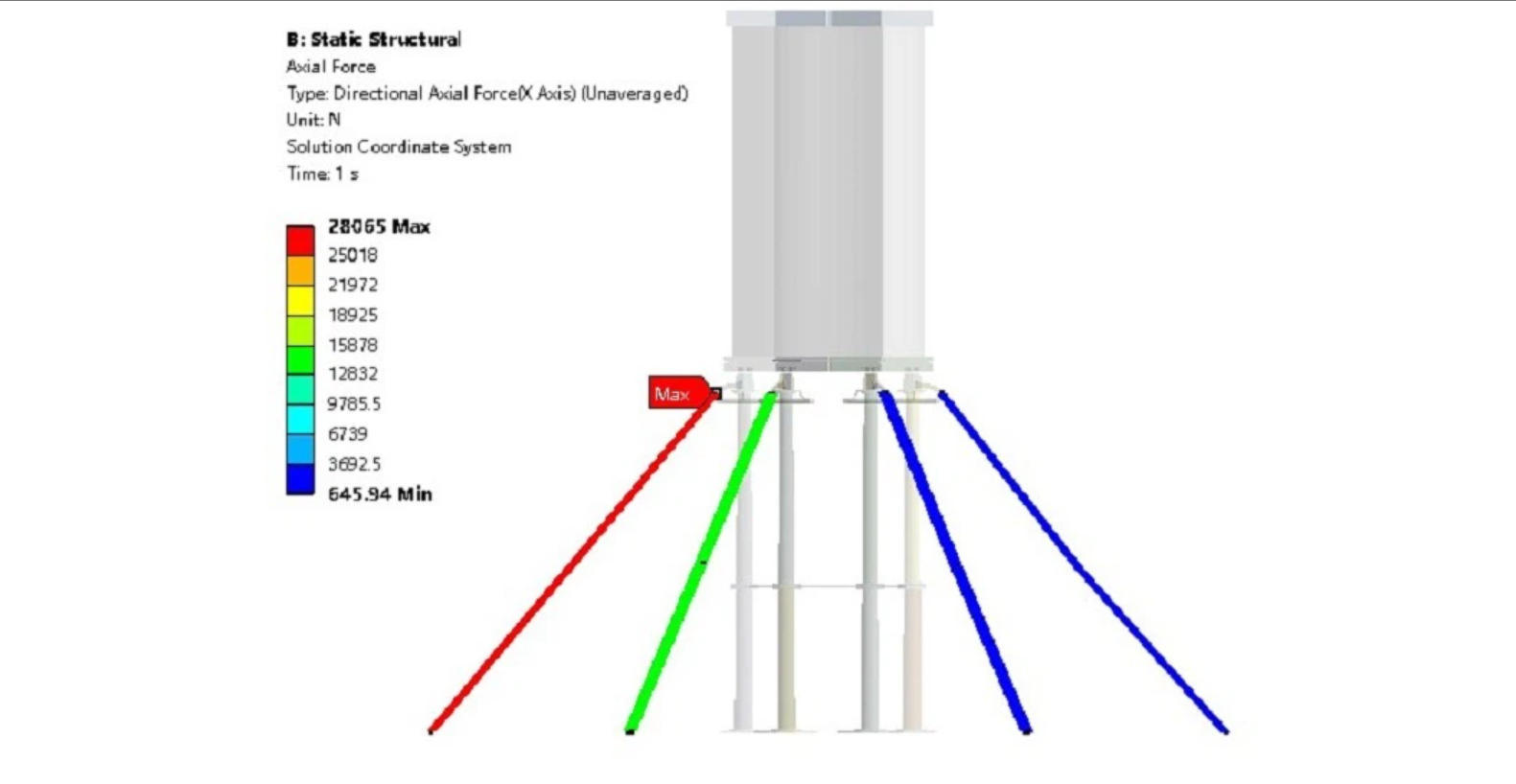
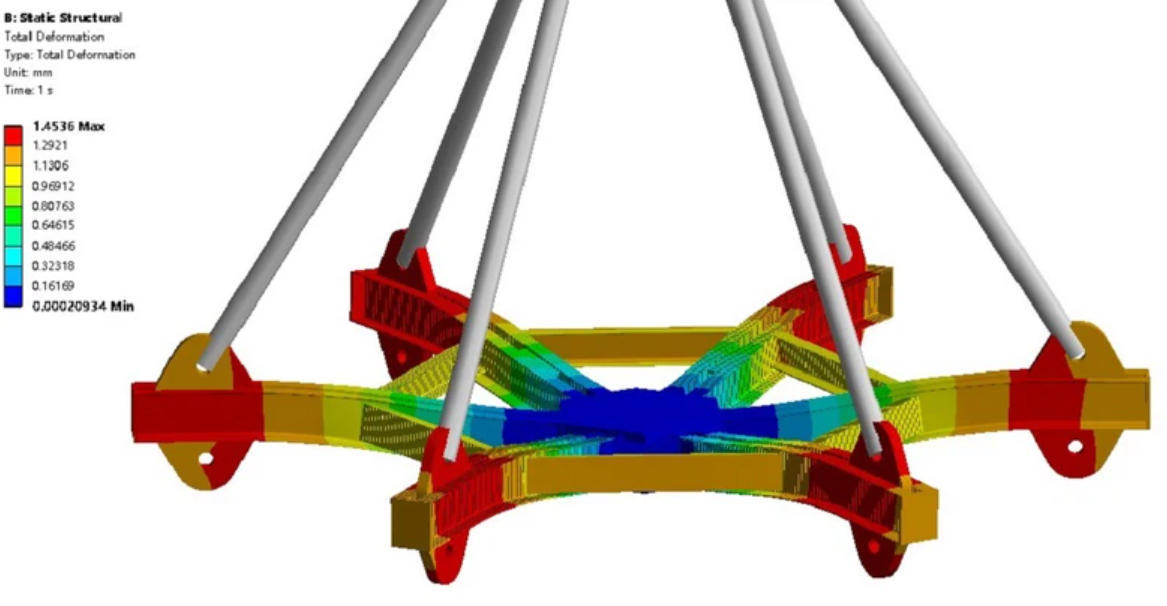
5.Structural Simulation - Seismic Resistance
Substation air-core reactors (natural frequency 1-10Hz) face seismic spectrum resonance risks. Multiphysics coupling simulation:
F_{comb} = 1.2G + 1.3W + 1.5E
(G: Gravity, W: Wind load, E: Seismic action)
Precisely resolves:
Bending moment distribution contours of support insulators
Shear stress time histories of anchor bolts
Generates dynamic response databases for seismic margin design.
DKNC 500KV Dry-Type Reactor Advantage
1.Dry-Type Shunt Reactors vs. Oil-Immersed: Technical Superiority
| Parameter | Oil-Immersed | TECH Dry-Type (Innovation) | Technical Implication |
|---|---|---|---|
| Footprint (L×W×H) | 3m × 8.1m | 3m × 8m | 5% space saving in substations |
| Weight | 80 t | 16 t (↓80%) | No crane required for installation |
| Losses | ≤0.3% | ≤0.3% | IEC 60076-6 compliant efficiency |
| Core Material | Iron core | Air-core design | Eliminates hysteresis losses & saturation risks |
| Voltage Sharing | Not supported | Active voltage balancing | Withstands 2.8 p.u. transient overvoltages (IEC 60071) |
| Fire Risk | Oil fire hazard (NFPA 850) | Fireproof encapsulation | UL 94 V-0 certified flame retardancy |
| Installation | Complex (oil handling) | Modular bolt-on assembly | ≤4 hrs for 500kV unit (vs. 3 days for oil-type) |
2. Lifetime Value Proposition
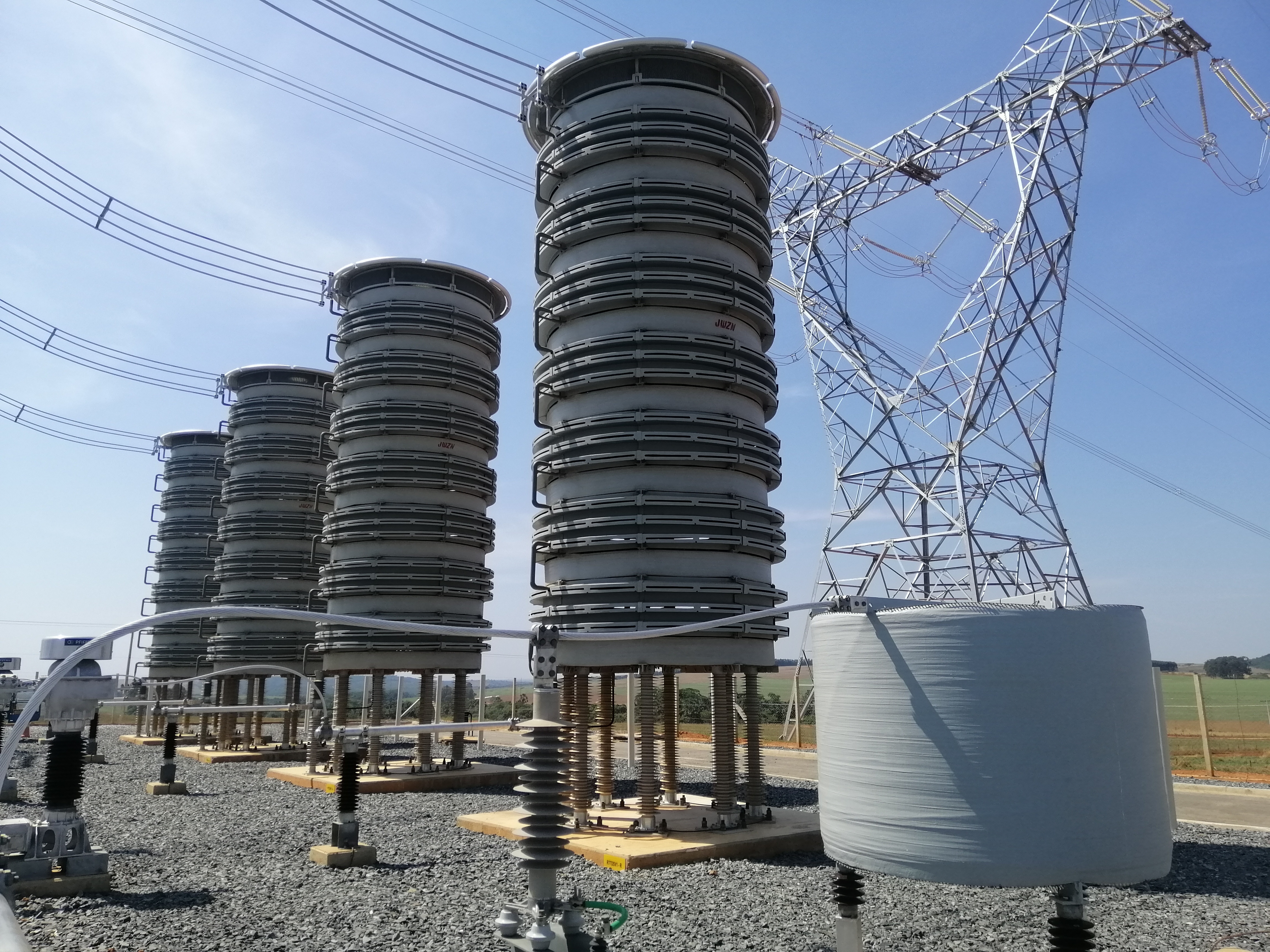

| Benefit | Quantified Impact |
|---|---|
| Maintenance-free | Zero oil testing/leak repairs (OPEX ↓100%) |
| Seismic resilience | Withstands 0.5g ground acceleration (IEC 61373) |
| Noise emission | ≤55 dB(A) at 1m (vs. 75 dB for oil-type) |
3. Environmental Resilience
IP56 protection: Validated salt-fog/rain test per IEC 60068-2-52
Avian protection: Smooth encapsulant surface prevents nesting
Send Inquiry
We will contact you within one working day. Please pay attention to your email.
Related Solutions
A novel parallel reactor is connected to the power system in a parallel configuration to compensate for capacitive reactive power in the transmission and distribution system.
Intelligent Transformer Breather( ITB)
An IoT-enabled transformer accessory dedicated to digitalized monitoring of respiration metrics (flow rate, temperature, humidity) for large power transformers. It eliminates manual maintenance through active silica gel regeneration and delivers real-time insulation condition analytics.
Our wave trap surgically remove specific interference frequencies (e.g., 50/60Hz hum, RF noise). Featuring high Q factor and steep attenuation, they eliminate unwanted signals while protecting adjacent frequencies—boosting SNR, dynamic range, and system reliability in audio processing, RF design, and test & measurement applications.

